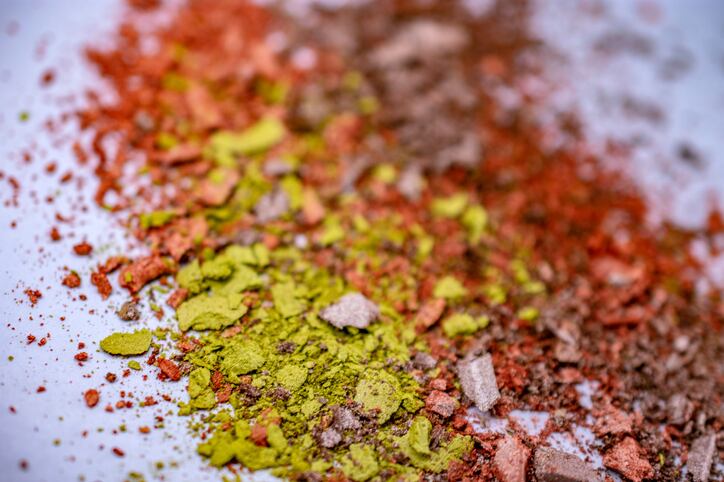The two firms previously developed a 3D bio-printed skin model with human sebaceous glands for research into sebum production and regulation. In early 2018, following two years in development, BASF and CTIBiotech said experts demonstrated ex vivo production of physiological sebum in a long-term culture of the 3D human sebaceous gland model and the regulation of this sebum production through active ingredients.
An anti-inflammatory twist
Annika Bröter, communications manager for BASF Personal Care Europe, said the technology behind the 3D bio-printing for this latest skin model was the same, but the research focus different.
“It’s a completely different focus, new model and new project,” Bröter told CosmeticsDesign-Europe.
This skin model included immune macrophages – important for tissue regeneration and suppressing inflammation – and therefore enabled research into the anti-inflammatory properties of active ingredients.
Valerie Andre-Frei, R&D scouting and scientific communication expert at BASF Beauty Care, said that more specifically the latest model allowed BASF to specifically study inflammatory mechanisms strongly implemented in major skin issues like ageing, sensitivity and dysbiosis and ultimately develop products that combatted this.
“There is a growing market demand for soothing ingredients, especially for the cosmetic market to face environmental factors such as stressful urban lifestyles, multi-light exposure and temperatures. Also, for dermo-cosmetic applications to help reactive and sensitive skin,” Andre-Frei said.
Macrophages were “key players in skin immunity”, she said, and so this research enabled the company to develop efficient products that promoted or recovered healthy skin and avoided the “chronical loop of inflammation”.
Developing innovative ingredients ‘in a timely fashion’
Dr Nico Forraz, CEO of CTIBiotech, said this latest skin model was another tool to support ongoing R&D projects focused on understanding healthy and sensitive skin biology.
“The ability to bio-print numerous copies of full skin models with immune cells tremendously expands the possibilities to develop innovative ingredients in a timely fashion,” Forraz said.
Dr Sébastien Cadau, 3D tissue engineering specialist at BASF’s Lyon site, agreed and said the 3D skin model enabled analysis more in line with human physiology and the immune role of macrophages, compared to current in vitro testing methods and therefore the development of “innovative and highly reliable ingredients” for the skin care market.



